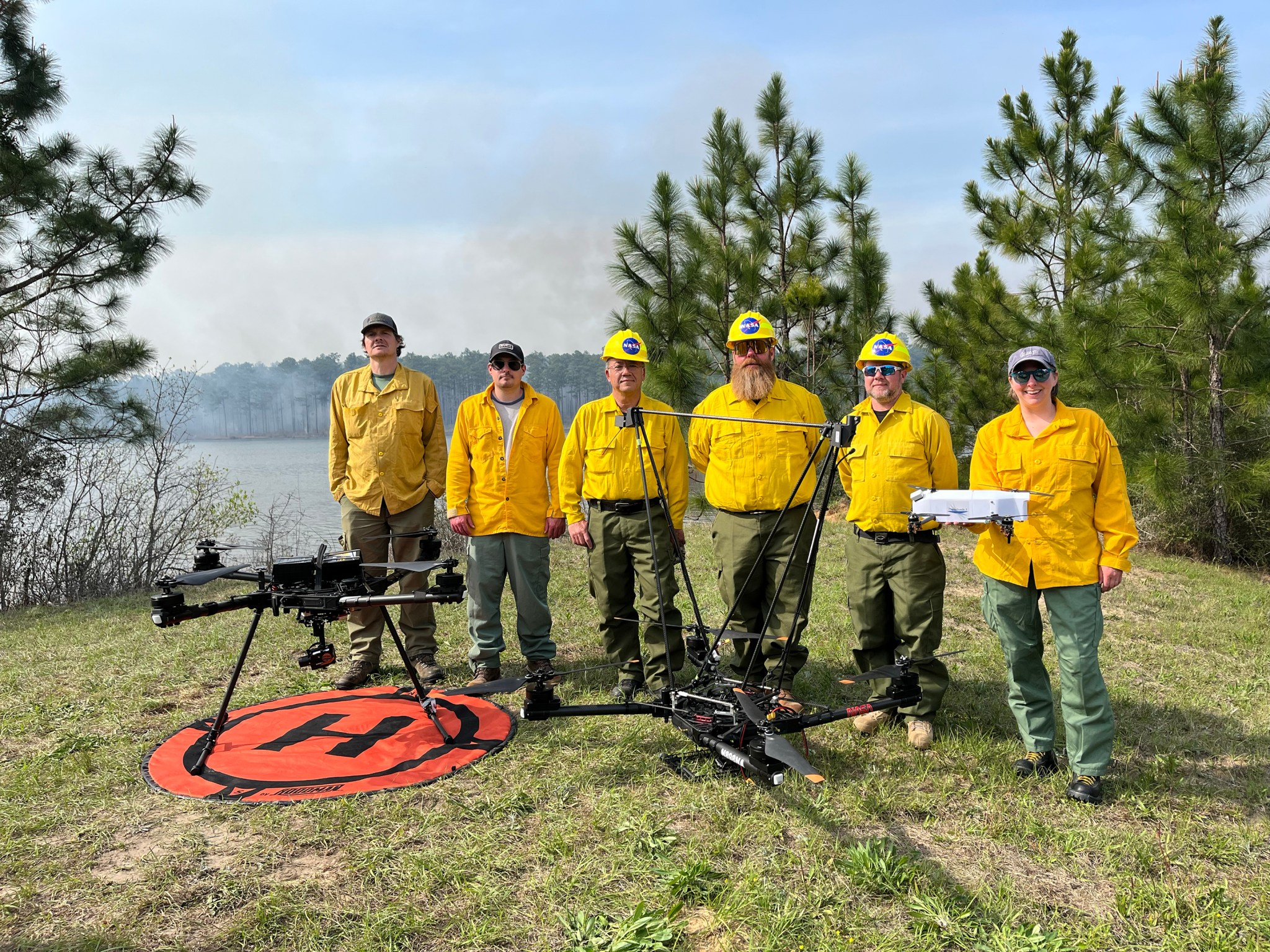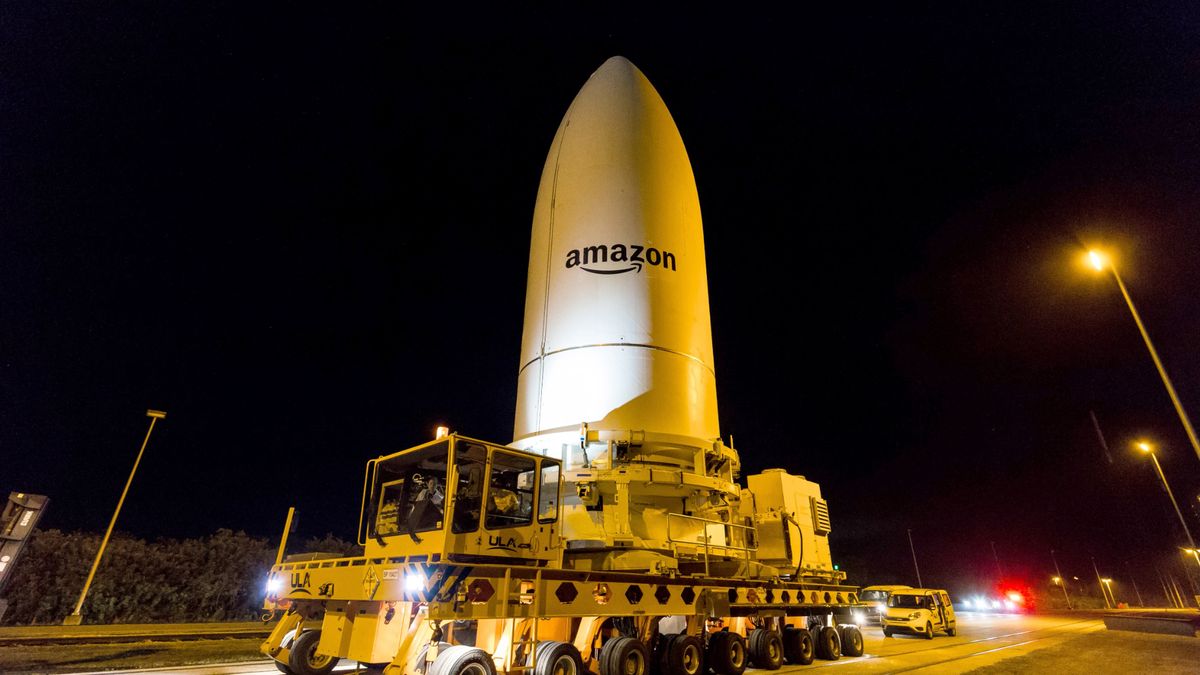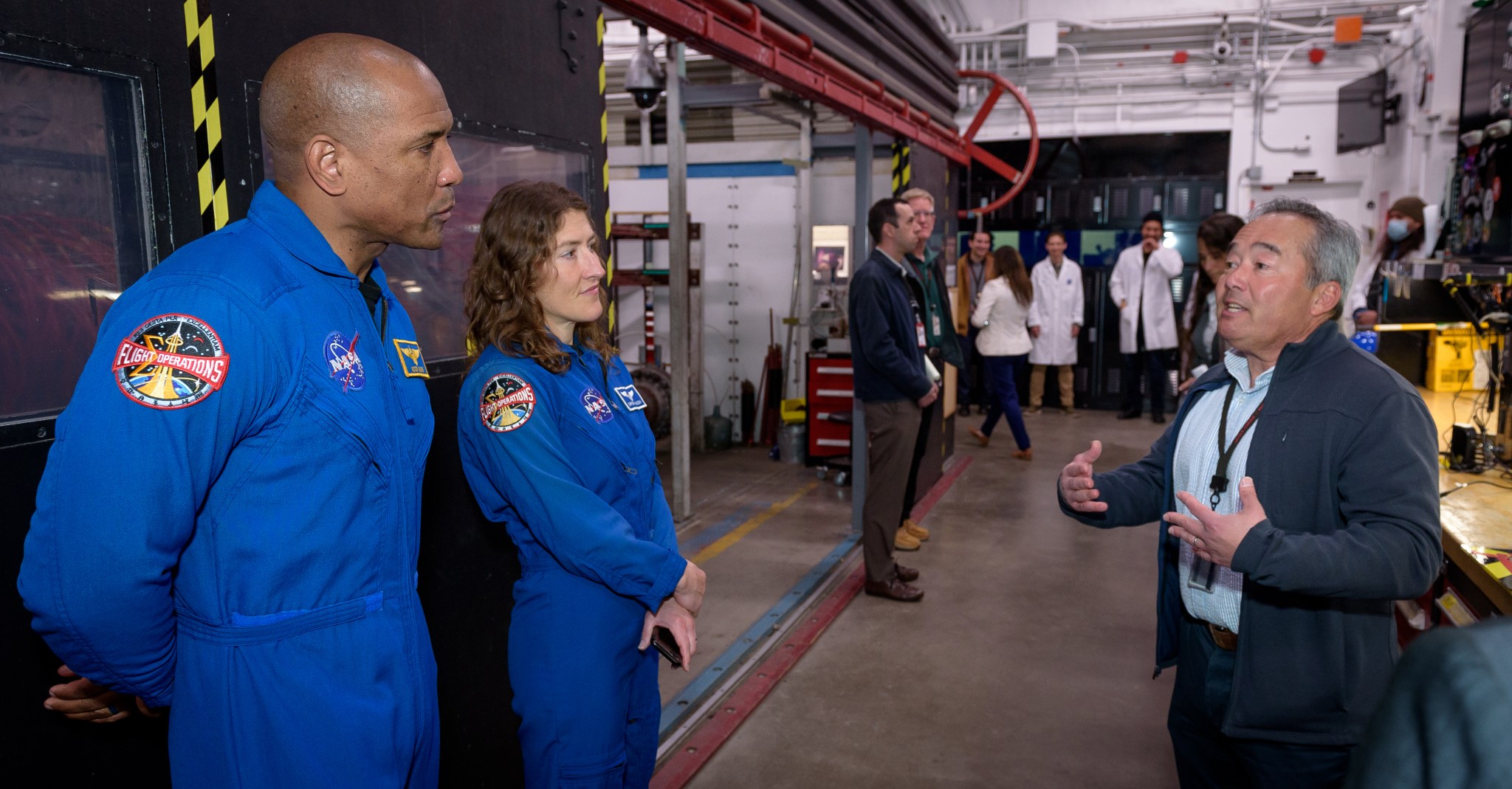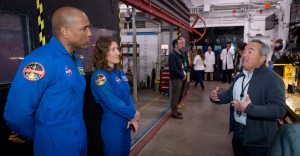3 min read Preparations for Next Moonwalk Simulations Underway (and Underwater) Drones were a key part of testing new technology in support of a prescribed burn in Geneva State Forest, which is about 100 miles south of Montgomery, Alabama. The effort is part of the agency’s multi-year FireSense project, which is aimed at testing technologies that could eventually serve the U.S. Forest Service as well as local, state, and other federal wildland fire agencies. From left are Tim Wallace and Michael Filicchia of the Desert Research Institute in Nevada; Derek…
Read MoreCategory: Nasa
Nasa
University Student Research Challenge (USRC) Awards
13 min read Preparations for Next Moonwalk Simulations Underway (and Underwater) Getty Images University Student Research Challenge (USRC) seeks to challenge students to propose new ideas/concepts that are relevant to NASA Aeronautics. USRC will provide students, from accredited U.S. colleges or universities, with grants for their projects and with the challenge of raising cost share funds through a crowdfunding campaign. The process of creating and implementing a crowdfunding campaign acts as a teaching accelerator – requiring students to act like entrepreneurs and raise awareness about their research among the public.…
Read MoreArtemis II Insignia Honors All
Robert Markowitz The four astronauts who will be the first to fly to the Moon under NASA’s Artemis campaign have designed an emblem to represent their mission that references both their distant destination and the home they will return to. The crew unveiled their patch in this April 2, 2025, photo. The crew explained the patch’s symbolism, and its play on the abbreviation of Artemis II to AII, with the following description: The Artemis II test flight begins when a mighty team launches the first crew of the Artemis generation.…
Read MoreSols 4498-4499: Flexing Our Arm Once Again
Curiosity Navigation Curiosity Home Mission Overview Where is Curiosity? Mission Updates Science Overview Instruments Highlights Exploration Goals News and Features Multimedia Curiosity Raw Images Images Videos Audio Mosaics More Resources Mars Missions Mars Sample Return Mars Perseverance Rover Mars Curiosity Rover MAVEN Mars Reconnaissance Orbiter Mars Odyssey More Mars Missions Mars Home 3 min read Sols 4498-4499: Flexing Our Arm Once Again NASA’s Mars rover Curiosity acquired this image using its Left Navigation Camera on March 30, 2025 — Sol 4496, or Martian day 4,496 of the Mars Science Laboratory…
Read More‘Star Trek: Strange New Worlds’ Season 3 teaser trailer promises more gimmicky hijinks in the final frontier (video)
Technically, this isn’t the first footage shown by Paramount+ for the third season of “Star Trek: Strange New Worlds.” That label goes to a fun San Diego Comic-Con scene of Pike and crew physically transforming into Vulcans that we shared with you back in July of last year. But this latest sneak peek at the “Discovery” spin-off series hints at new genre-bending installments being given a certain “Star Trek” twist that include a candy-colored retro-style romp, a cheesy romantic comedy, a “Clue”-like ’70s-set murder mystery and a straight-laced documentary-based episode.…
Read MoreNASA Makes Progress on Advanced Drone Safety Management System
4 min read Preparations for Next Moonwalk Simulations Underway (and Underwater) A Massachusetts Institute of Technology Lincoln Laboratory pilot controls a drone during NASA’s In-Time Aviation Safety Management System test series in collaboration with a George Washington University team July 17-18, 2024, at the U.S. Army’s Fort Devens in Devens, Massachusetts. MIT Lincoln Laboratory/Jay Couturier From agriculture and law enforcement to entertainment and disaster response, industries are increasingly turning to drones for help, but the growing volume of these aircraft will require trusted safety management systems to maintain safe operations.…
Read MoreAtlas V rocket will launch Amazon’s 1st big batch of Project Kuiper internet satellites on April 9
Amazon’s first big batch of Project Kuiper broadband satellites will lift off just a week from now, if all goes according to plan. A United Launch Alliance (ULA) Atlas V rocket is scheduled to send 27 Project Kuiper satellites to low Earth orbit (LEO) on April 9, Amazon announced today (April 2). The Atlas V will lift off from Florida’s Cape Canaveral Space Force Station during a three-hour window that opens at 3 p.m. EDT (1900 GMT). You’ll be able to watch it live when the time comes. This will…
Read MoreArtemis Astronauts & Orion Leadership Visit NASA Ames
2 min read Preparations for Next Moonwalk Simulations Underway (and Underwater) Astronauts Victor Glover and Christina Koch tour the Arc Jet Facility at NASA’s Ames Research Center, learning more about the testing equipment’s capabilities to analyze thermal protection systems from George Raiche, thermophysics facilities branch chief at Ames. NASA/Donald Richey As NASA prepares to send astronauts to the Moon aboard the Orion spacecraft, research, testing, and development at NASA’s Ames Research Center in California’s Silicon Valley has played a critical role. Recently, Ames welcomed Artemis II astronauts Christina Koch and…
Read More‘Red Planet,’ ‘Top Gun’ and ‘Batman Forever’ star Val Kilmer dies at 65
We all woke this morning to the sorrowful news that charismatic actor Val Kilmer had passed away yesterday at the age of 65 from pneumonia after a decade-long struggle with throat cancer, and it seems like our world is significantly less cool with the harsh reality of his demise. The often abrasive, difficult, and temperamental actor on set was a veteran Hollywood performer with an impressive career spanning over four decades, often portraying tough, individualistic characters that he immersed himself in completely by employing equal measures of rare talent, raw…
Read MoreWhat Are the Dangers of Going to Space? We Asked a NASA Expert: Episode 55
2 min read Preparations for Next Moonwalk Simulations Underway (and Underwater) What are the dangers of going to space? For human spaceflight, the first thing I think about is the astronauts actually strapping themselves to a rocket. And if that isn’t dangerous enough, once they launch and they’re out into space in deep exploration, we have to worry about radiation. Radiation is coming at them from all directions. From the Sun, we have solar particles. We have galactic cosmic rays that are all over in the universe. And those cause…
Read More








